Home>Gardening & Outdoor>Landscaping Ideas>How To Stop Grass From Growing Fast


Landscaping Ideas
How To Stop Grass From Growing Fast
Modified: March 29, 2024
Discover effective landscaping ideas to prevent fast-growing grass and maintain a pristine yard. Implement strategies to control grass growth and enhance your outdoor space.
(Many of the links in this article redirect to a specific reviewed product. Your purchase of these products through affiliate links helps to generate commission for Storables.com, at no extra cost. Learn more)
Introduction
Welcome to the battle of the blades! If you’ve ever found yourself in a constant struggle to keep your lawn from looking like a jungle, you’re not alone. The rapid growth of grass can turn a neatly manicured lawn into an unruly mess in no time. But fear not, for there are effective ways to slow down the relentless march of grass growth and keep your lawn looking pristine for longer periods.
In this comprehensive guide, we’ll delve into the various causes of fast-growing grass and explore practical tips and techniques to rein in its exuberance. Whether you prefer natural methods or are open to using chemical solutions, we’ve got you covered. By the end of this article, you’ll be equipped with the knowledge and strategies to transform your lawn into a manageable, lush carpet of greenery.
So, grab your gardening gloves and let’s dive into the fascinating world of grass control!
Key Takeaways:
- Tame fast-growing grass by adjusting mowing techniques, using natural methods, and applying fertilizers judiciously. Create a balanced, low-maintenance lawn for a visually appealing outdoor space.
- Understand the causes of rapid grass growth and implement targeted strategies to slow it down. Embrace natural methods and, if necessary, consider responsible chemical interventions for sustainable lawn care.
Read more: How To Stop Your Grass From Growing
Understanding the Causes of Fast-Growing Grass
Before we embark on our quest to tame the relentless growth of grass, it’s essential to understand the factors that contribute to its rapid proliferation. Several key elements play a role in fueling the vigorous expansion of grass in your lawn.
- Favorable Weather Conditions: Grass thrives in mild temperatures and ample sunlight, which are conducive to rapid growth. When the weather is warm and moist, grass can experience a growth spurt, requiring more frequent maintenance to keep it in check.
- Nutrient-Rich Soil: Healthy, nutrient-rich soil provides an ideal foundation for robust grass growth. If your soil is rich in nitrogen and other essential nutrients, it can stimulate accelerated grass growth, leading to the need for more frequent mowing and maintenance.
- Grass Species and Varieties: Different species and varieties of grass exhibit varying growth rates. Some grass types are inherently fast-growing, requiring more frequent attention to prevent them from overtaking your lawn.
- Inadequate Mowing Practices: Improper mowing techniques, such as cutting the grass too short or infrequently, can inadvertently promote faster growth. When grass is cut too aggressively or infrequently, it can trigger a surge in growth as a survival response.
By gaining insight into these influential factors, you can develop a targeted approach to managing the growth of your grass. Armed with this understanding, you’ll be better equipped to implement effective strategies to slow down the relentless march of greenery in your yard.
Tips for Slowing Down Grass Growth
Now that we’ve uncovered the underlying causes of rapid grass growth, it’s time to explore practical tips for reining in this green uprising. By implementing these strategies, you can exert greater control over the growth of your lawn, allowing you to enjoy a well-maintained and aesthetically pleasing outdoor space for longer periods.
- Adjust Your Mowing Technique: Instead of cutting the grass extremely short, consider raising the cutting height of your mower. Taller grass blades can help shade the soil, reducing the growth rate and promoting healthier, more resilient grass.
- Mow Regularly and Mulch Grass Clippings: Regular mowing at the appropriate height can help regulate grass growth. Additionally, leaving grass clippings on the lawn as natural mulch can provide essential nutrients to the soil, promoting balanced growth.
- Apply Fertilizer Sparingly: While fertilizer is essential for nurturing a healthy lawn, excessive or frequent application can fuel rapid grass growth. Use fertilizers judiciously and opt for slow-release formulas to promote steady, controlled growth.
- Water Wisely: Avoid overwatering your lawn, as excessive moisture can accelerate grass growth. Instead, water deeply but infrequently to encourage deeper root growth and reduce the pace of surface-level expansion.
- Aerate the Soil: Compacted soil can impede the healthy growth of grass. Aerating your lawn can alleviate soil compaction, allowing for improved water and nutrient absorption and promoting more balanced grass growth.
By incorporating these tips into your lawn care routine, you can effectively slow down the growth of grass and maintain a harmonious balance between lush greenery and manageable maintenance requirements. These proactive measures will empower you to take control of your lawn’s growth trajectory, ensuring that it remains a source of pride and beauty for your outdoor space.
To slow down grass growth, mow less frequently and at a higher setting. Avoid over-fertilizing and water deeply but less often. Consider using a growth regulator specifically designed for grass.
Using Natural Methods to Prevent Fast Grass Growth
For those who prefer a more organic and environmentally friendly approach to lawn care, natural methods offer effective solutions for curbing the rapid growth of grass. By harnessing the power of nature, you can promote balanced and sustainable lawn growth without relying on synthetic chemicals. Here are some natural methods to help you maintain a harmonious lawn:
- Overseeding with Slow-Growing Grass Varieties: Introduce slow-growing grass varieties into your lawn by overseeding. These grass types require less frequent mowing and can help regulate overall grass growth, creating a more balanced and manageable lawn.
- Utilize Shade and Plant Trees Strategically: Trees and strategically placed structures can provide natural shade to certain areas of your lawn, slowing down the growth of grass in those shaded spots. By creating shaded areas, you can reduce the overall pace of grass growth and minimize maintenance requirements.
- Implement Natural Weed Control: Weeds can compete with grass for essential nutrients and space, leading to rapid and uneven grass growth. Employ natural weed control methods, such as hand weeding or organic herbicides, to prevent weeds from disrupting the equilibrium of your lawn.
- Encourage Healthy Microbial Activity: Aerate your lawn to promote healthy microbial activity in the soil. Beneficial microorganisms can enhance soil quality, leading to more balanced and regulated grass growth while minimizing the need for excessive maintenance.
- Opt for Organic Lawn Amendments: Choose organic amendments, such as compost and natural soil conditioners, to nourish your lawn. These natural supplements can foster gradual and sustained grass growth, reducing the need for frequent interventions to manage rapid expansion.
By embracing these natural methods, you can cultivate a vibrant and resilient lawn that maintains a more measured pace of growth. These approaches not only contribute to the overall health of your lawn but also promote a sustainable and eco-friendly approach to lawn maintenance, aligning with the principles of organic and natural gardening.
Using Chemical Methods to Slow Down Grass Growth
While natural methods offer environmentally friendly options for managing grass growth, some individuals may opt for chemical solutions to address rapid and unruly lawn expansion. It’s important to approach chemical methods with caution and adhere to safety guidelines to minimize environmental impact and ensure the well-being of surrounding flora and fauna. Here are some chemical approaches to consider:
- Selective Herbicides: Utilize selective herbicides to target specific fast-growing grass species or weeds that may be contributing to an imbalanced lawn. These herbicides can help rein in the proliferation of unwanted grass varieties, promoting a more uniform and controlled lawn appearance.
- Growth Regulators: Consider using growth regulators specifically formulated for grass to inhibit excessive vertical growth. These regulators can help slow down the upward expansion of grass blades, reducing the frequency of mowing and promoting a more consistent lawn height.
- Soil Sterilants: In cases where rapid grass growth in specific areas poses persistent challenges, soil sterilants can be applied to inhibit grass growth altogether. Careful application is crucial to prevent unintended environmental consequences, and it’s essential to weigh the long-term implications of using soil sterilants in your lawn.
- Fertilizer Control: Opt for fertilizers with controlled-release formulations to moderate grass growth. These specialized fertilizers can provide essential nutrients to support a healthy lawn while mitigating the risk of excessive and rapid grass expansion.
- Professional Consultation: When considering chemical methods to manage grass growth, consulting with a qualified lawn care professional or horticulturist can provide valuable insights and guidance. Their expertise can help you navigate the selection and application of chemical solutions in a responsible and effective manner.
It’s important to exercise prudence and adhere to local regulations when utilizing chemical methods for lawn care. Prioritize the safety of your lawn, the surrounding environment, and the well-being of beneficial organisms when considering chemical interventions. When used judiciously and responsibly, chemical methods can offer targeted solutions to address specific challenges related to grass growth.
Conclusion
As we conclude our exploration of controlling the rapid growth of grass, it’s evident that maintaining a well-manicured lawn requires a thoughtful and proactive approach. Understanding the underlying causes of fast grass growth and implementing targeted strategies can empower you to achieve a harmonious balance between lush greenery and manageable maintenance requirements.
Whether you opt for natural methods that align with organic gardening principles or consider carefully regulated chemical interventions, the key lies in promoting sustainable and balanced lawn growth. By adjusting your mowing techniques, optimizing soil health, and incorporating strategic landscaping elements, you can exert greater control over the pace of grass expansion, resulting in a more visually appealing and low-maintenance lawn.
It’s important to approach lawn care with a long-term perspective, considering the environmental impact of your choices and striving to create a healthy and sustainable outdoor space. By leveraging a combination of natural and, if necessary, chemical methods, you can curtail the relentless march of grass growth while fostering a vibrant and resilient lawn that enhances the beauty of your surroundings.
So, as you embark on your journey to rein in the exuberant growth of grass, remember that a well-tended lawn is a testament to your dedication and stewardship of the natural world. With the right strategies and a touch of green-thumb finesse, you can transform your outdoor oasis into a captivating and inviting haven for relaxation and enjoyment.
Now, armed with a wealth of knowledge and practical insights, go forth and conquer the challenge of fast-growing grass, and may your lawn flourish in balanced splendor for seasons to come!
Frequently Asked Questions about How To Stop Grass From Growing Fast
Was this page helpful?
At Storables.com, we guarantee accurate and reliable information. Our content, validated by Expert Board Contributors, is crafted following stringent Editorial Policies. We're committed to providing you with well-researched, expert-backed insights for all your informational needs.




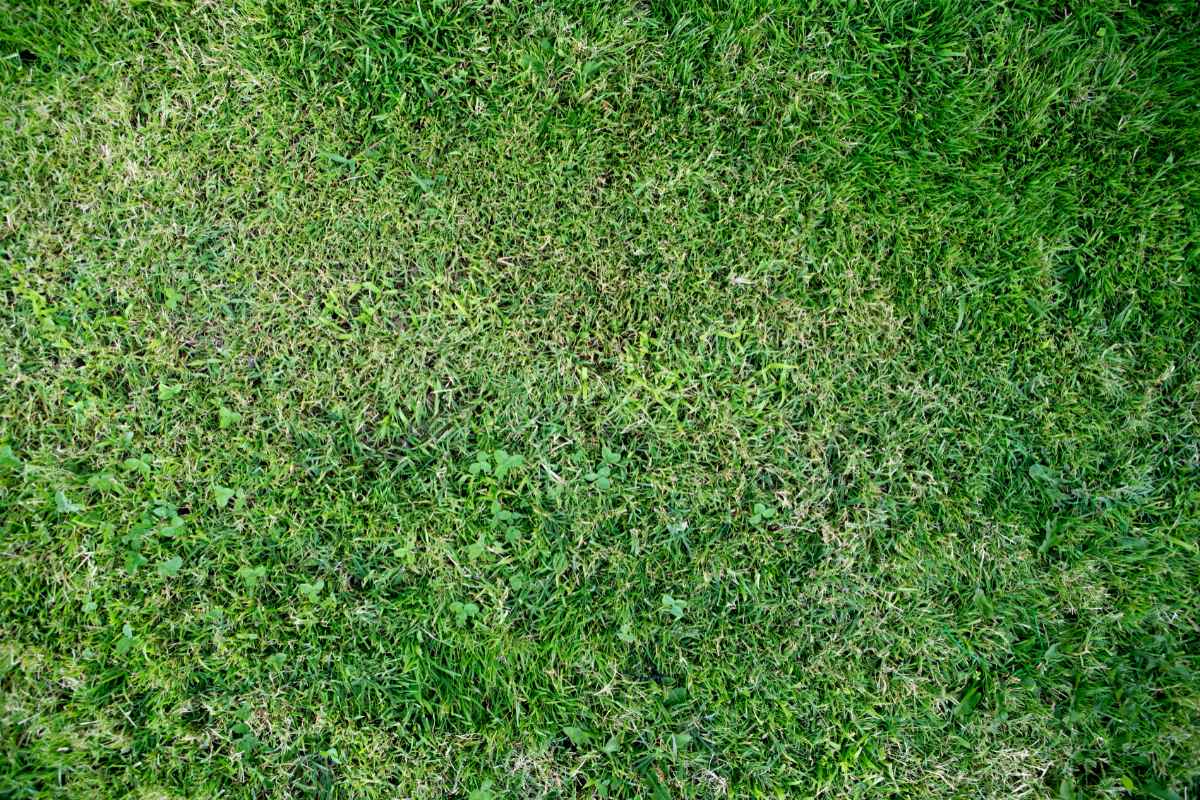
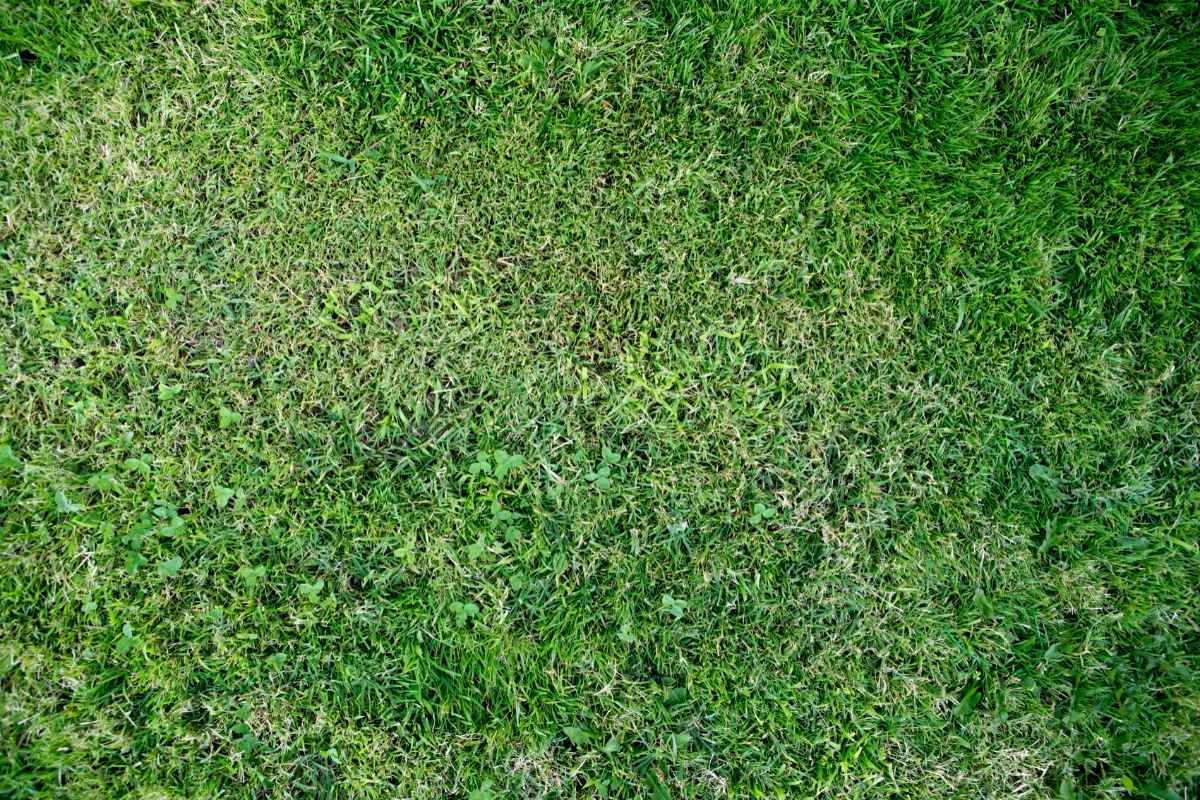
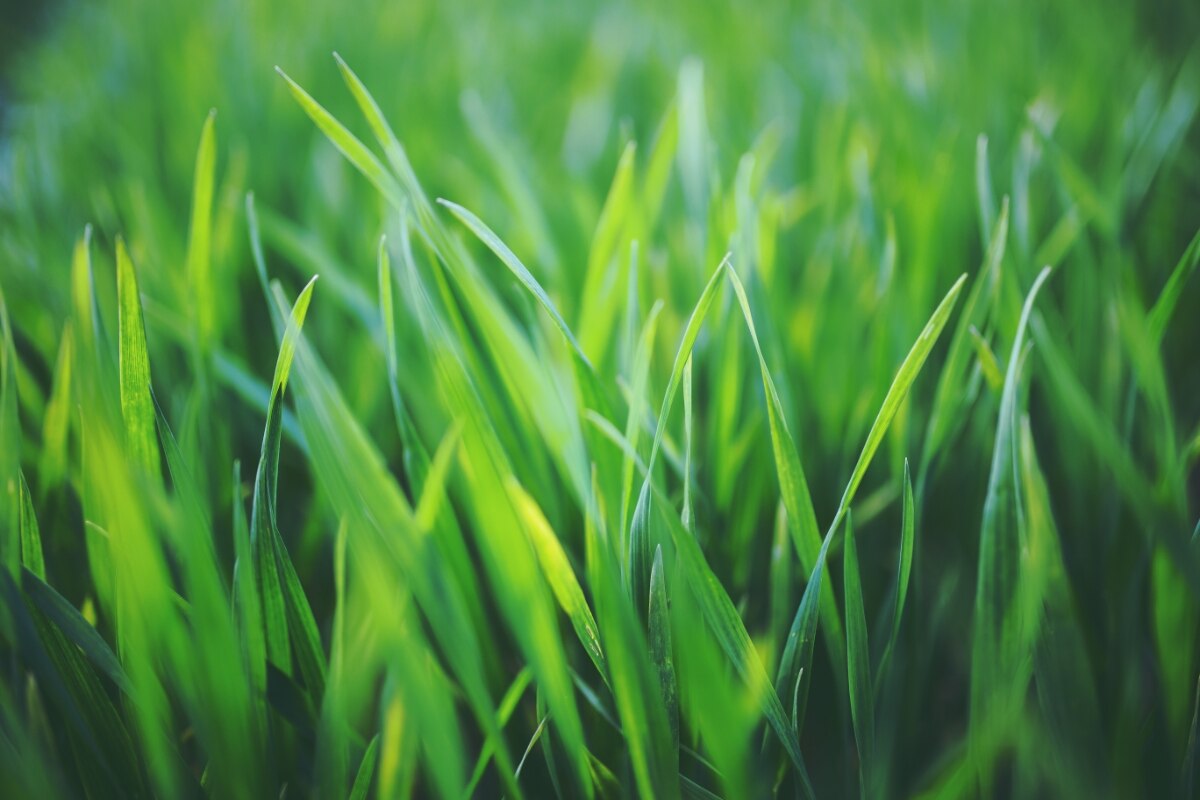
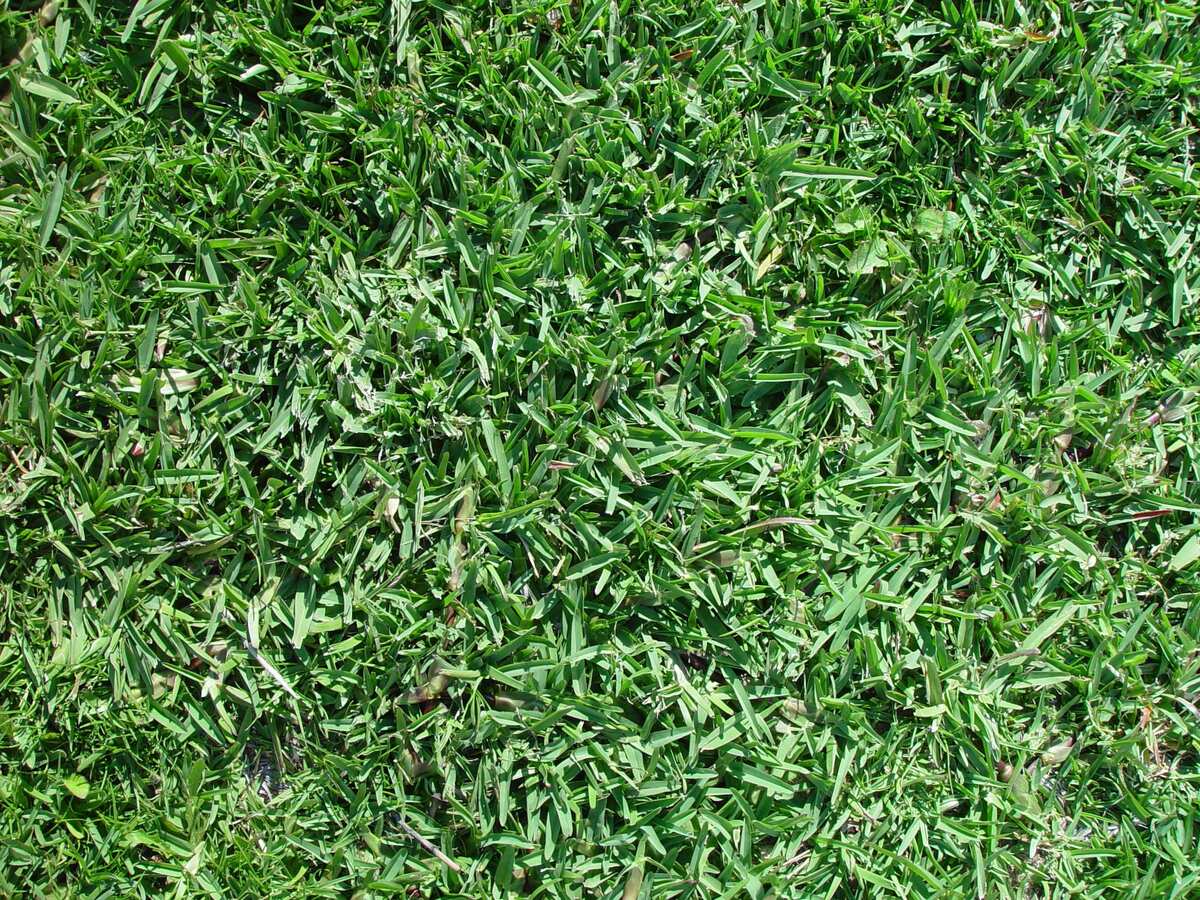
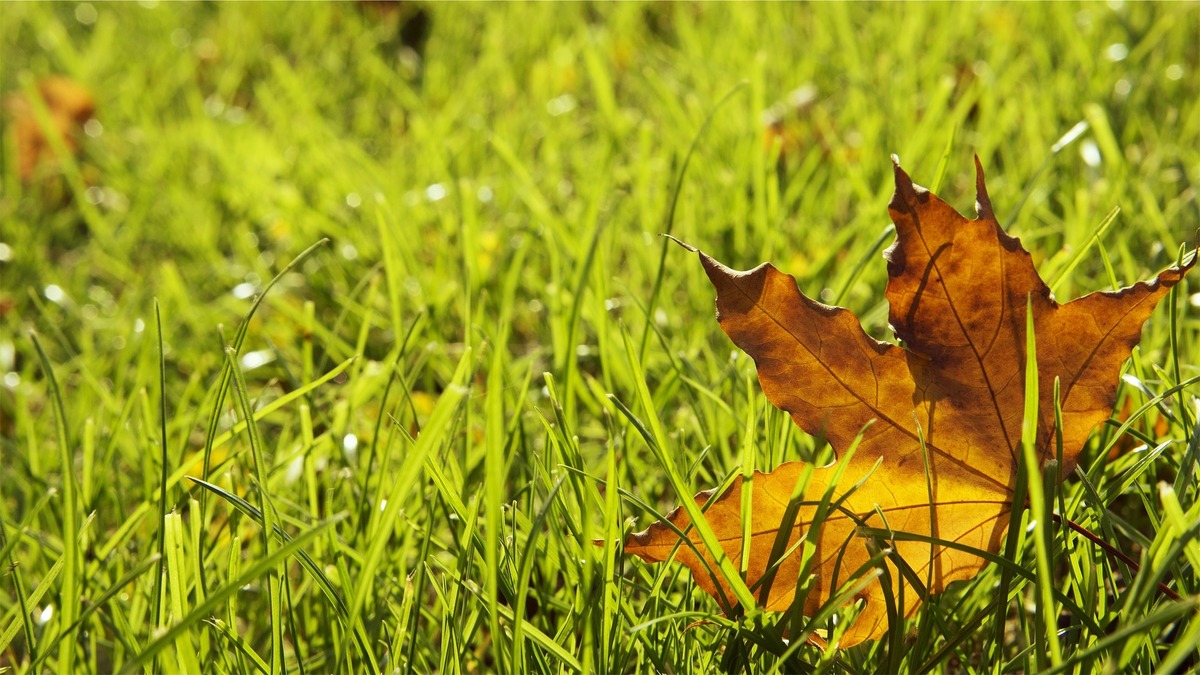
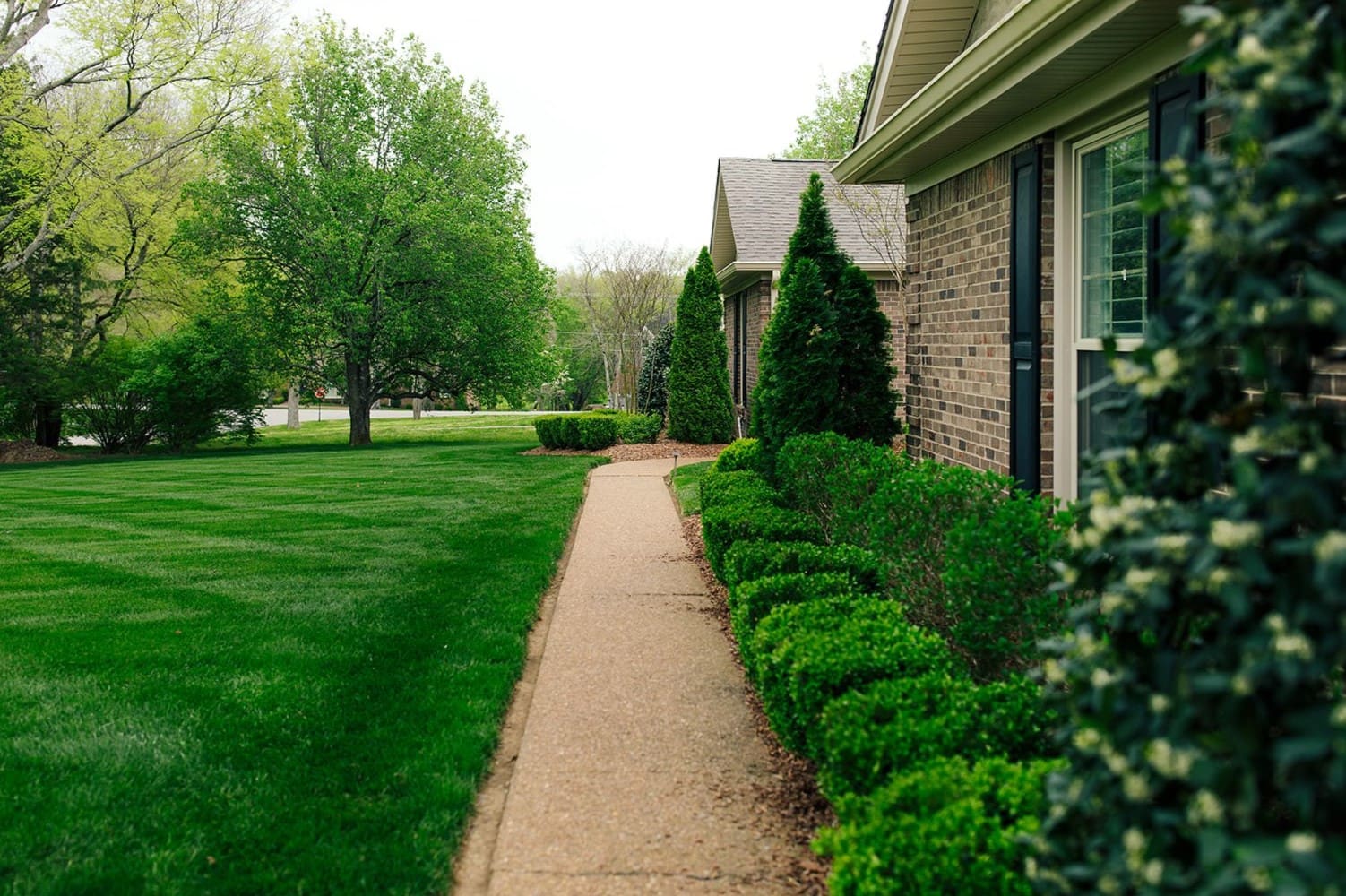
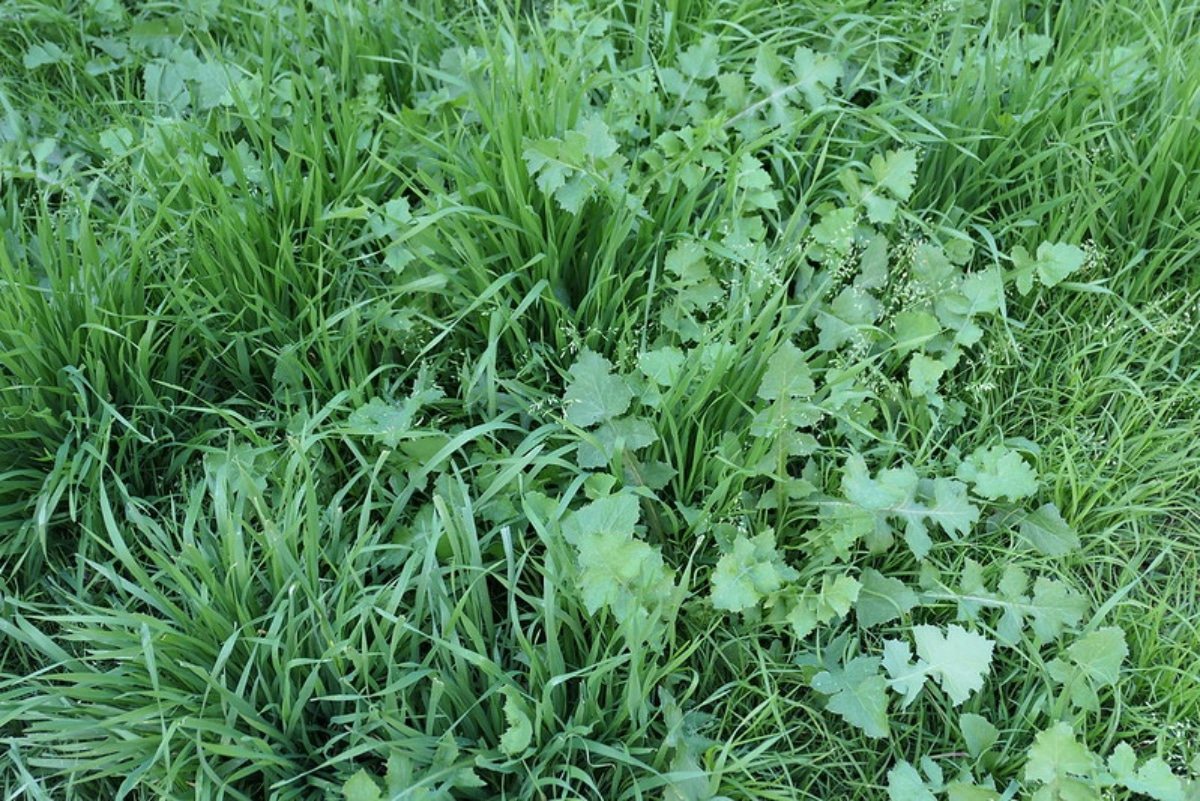




0 thoughts on “How To Stop Grass From Growing Fast”